So, I know what you might be thinking – another SEO hack? This isn’t just any run-of-the-mill tip; it changes everything. We’re about to show you a technique that’s integral for climbing the search engine ladder.
We get it, though. The online world can be a bit intimidating, especially when it comes to keeping up with Google’s algorithms and the ever-competitive market. But this hack is simple, effective, and helps your digital marketing.
Understanding internal linking
Let’s talk about internal linking. If you imagine that your website is a big, sprawling city, and your webpages are the different neighbourhoods. Internal links are the roads that connect these neighbourhoods. They help users navigate through your site and provide a map for search engines to understand your content.
This web of virtual roads matters because they serve a bunch of crucial purposes:
- SEO boost: Internal links can make your website more accessible and user-friendly, which Google loves. When search engines find it easy to navigate your site, they reward you with higher rankings.
- User experience: It guides users to relevant content, keeping them engaged and exploring longer. Plus, it helps reduce your bounce rate, which is a good thing.
- Authority and relevance: Linking relevant pages together can show Google that you’re an authority on a particular topic. It also helps establish the relationship between different pieces of content on your site.
Now, don’t be overwhelmed by all the tech speak. It’s pretty straightforward, really. When you include these links throughout your site, you’re essentially creating a well-organised roadmap for both users and search engines.
However, not all links are created equal. You need to be strategic. You want to lead your visitors to the most interesting and valuable places on your website.
The internal linking hack
So, what’s this hack all about? Well, it’s not some magic trick or secret password. It’s a clever strategy that can power up your internal linking efforts and, in turn, boost your SEO rankings.
Here’s the essence of it. Instead of randomly scattering links throughout your content, you strategically link back to your most important pages. These are your power players, the heavy hitters of your website – your cornerstone content.
By doing this, you’re telling search engines, “These pages are the crème de la crème of my site.” It helps search engines understand what’s most important and can lead to better rankings.
But we’re not just stopping at theory here. We’re going to walk you through practical steps to implement this on your website so you can start seeing results.
How to implement the hack
Let’s get down to the practical side of things. It’s time to put this strategy into action.
Step 1: Identify your cornerstone content
First things first, you’ve got to know what your cornerstone content is. These are your star players – your best, most valuable, and comprehensive pieces of content. They can be in the form of in-depth articles, guides, or any content that showcases your expertise.
Step 2: Choose your anchor text wisely
The anchor text is the text that contains the link. When selecting it, make sure it’s descriptive and relevant. It should give users a clear idea of what they’ll find on the linked page. So, instead of using “click here,” go for something like “learn more about SEO strategies.”
Step 3: Context matters
Don’t just throw in links randomly. Make sure the link fits naturally within the content. It should make sense and provide additional value to your readers.
Step 4: Keep it relevant
This is all about relevance. Link your cornerstone content to pages that are related. If you’re talking about SEO, link to other pages discussing SEO, not, say, recipes for chocolate chip cookies. Keep it on point.
Step 5: Go for a reasonable number of links
Don’t go overboard with the links. Too many can be overwhelming for your readers and can raise red flags with search engines. Stick to a reasonable number that enhances the user experience.
Step 6: Update old content
Take a stroll down memory lane and revisit your older content. If you find relevant places to insert links to your cornerstone content, do it. It’s a great way to breathe new life into your existing material.
Step 7: Use tools and plugins (optional)
If you’re using a content management system like WordPress, there are plugins available that can help automate some of this process. They can make your life a lot easier, but remember, it’s still important to use them thoughtfully and strategically.
And there you have it, a straightforward guide to implementing the internal linking hack. It’s all about smart, relevant connections that guide both your visitors and search engines to the most valuable parts of your website.
Measuring and monitoring
One of the best features of digital marketing is that it’s trackable. So, once your internal links are up and running, it’s essential to keep an eye on how they’re performing. Here’s where measuring and monitoring come into play.
Why measure and monitor?
Well, if you can’t measure it, you can’t improve it. That’s the golden rule. And it holds true for your internal linking strategy. By keeping tabs on the results, you’ll know what’s working and what needs a tweak.
Key metrics to watch
- Traffic: Check your website analytics to see if your internal linking strategy is driving more traffic to your cornerstone content. If it’s doing its job, you should notice an uptick in visitors.
- Rankings: Monitor your SEO rankings for the pages you’ve linked to. Are they climbing the search engine ladder? That’s a good sign that your links are boosting your authority.
- Bounce rate: Ideally, your internal links should keep visitors engaged and exploring your site. A decreasing bounce rate indicates that people are finding your content more relevant and interesting.
Useful SEO tools
There’s an arsenal of tools out there to help you keep tabs on your website’s performance. Google Analytics and Google Search Console are great places to start. They offer insights into your traffic, rankings, and how your site appears in search results.
If you’re looking for a more comprehensive solution, SEO platforms like Moz, SEMrush, or Ahrefs can provide in-depth analytics and help you stay on top of your SEO game.
Regular check-ins
Measuring and monitoring is an ongoing process. Regularly check in on your metrics and assess how your internal links are impacting your website’s performance.
Additional tips and strategies
We’ve already covered the essentials of internal linking, but let’s explore some extra tips and strategies that can give your SEO game an additional edge.
- Content silos
This one’s a bit more advanced, but it’s worth considering. Content silos involve grouping related content into specific sections on your site. By using internal links to connect these silos, you can demonstrate to search engines the thematic relevance of your content.
- Fix broken links
A no-brainer, really. Broken links can frustrate users and harm your SEO. Regularly check for and fix any broken internal links on your site. There are tools available to help automate this process.
- Contextual links in guest posts
If you’re guest posting on other websites, don’t miss the opportunity to insert contextual links back to your own relevant content. It can boost your site’s authority and enhance your guest post’s value.
- Revisit your strategy
Your internal linking strategy isn’t set in stone. Periodically review and adjust it based on your site’s evolving content and goals. As you create new content, find opportunities to link back to it from older posts.
- User testing
Consider conducting user testing to gauge how your internal linking affects the user experience. It’s a valuable way to ensure that your strategy enhances, rather than hinders, your visitors’ journey through your site.
- Keep learning
SEO is a dynamic field, and staying informed is essential. Keep up with industry news, changes in search engine algorithms, and emerging best practices. What works today might not work tomorrow, so adapt and grow with the times.
Transform your SEO rankings
You’ve learned about the power of internal links, why they matter, and how to implement an effective strategy. From identifying cornerstone content to measuring your success, we’ve covered the essentials and provided some extra tips for good effort.
Remember, SEO is a long game, and mastering it takes time, patience, and a commitment to excellence. It’s about creating a web of value for your users and demonstrating your authority to search engines.
Whether you’re a small business owner or part of a larger corporation, this strategy can be your way to climb the search engine rankings. But the key is to start small, learn as you go, and stay committed to the process. And, if you’d like a hand getting started, we can help.







